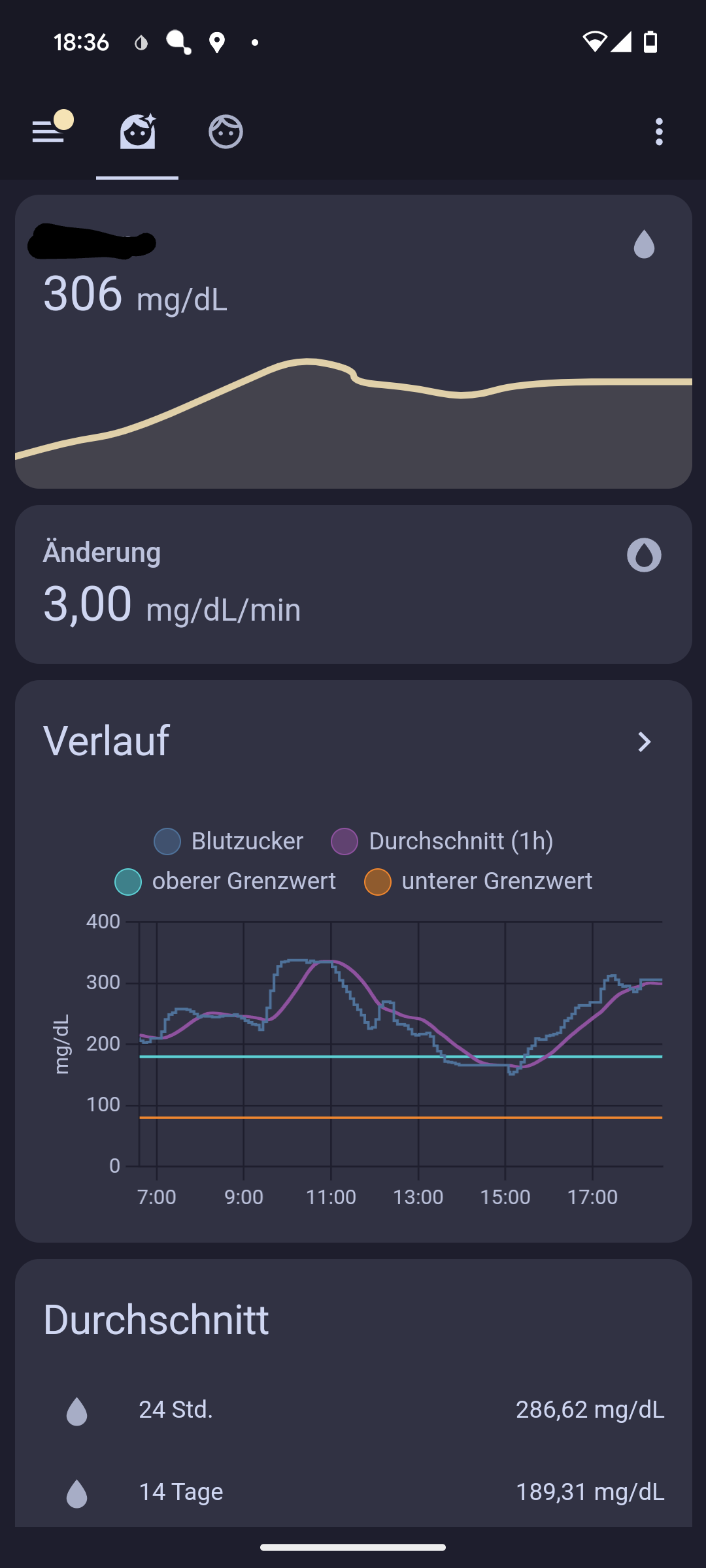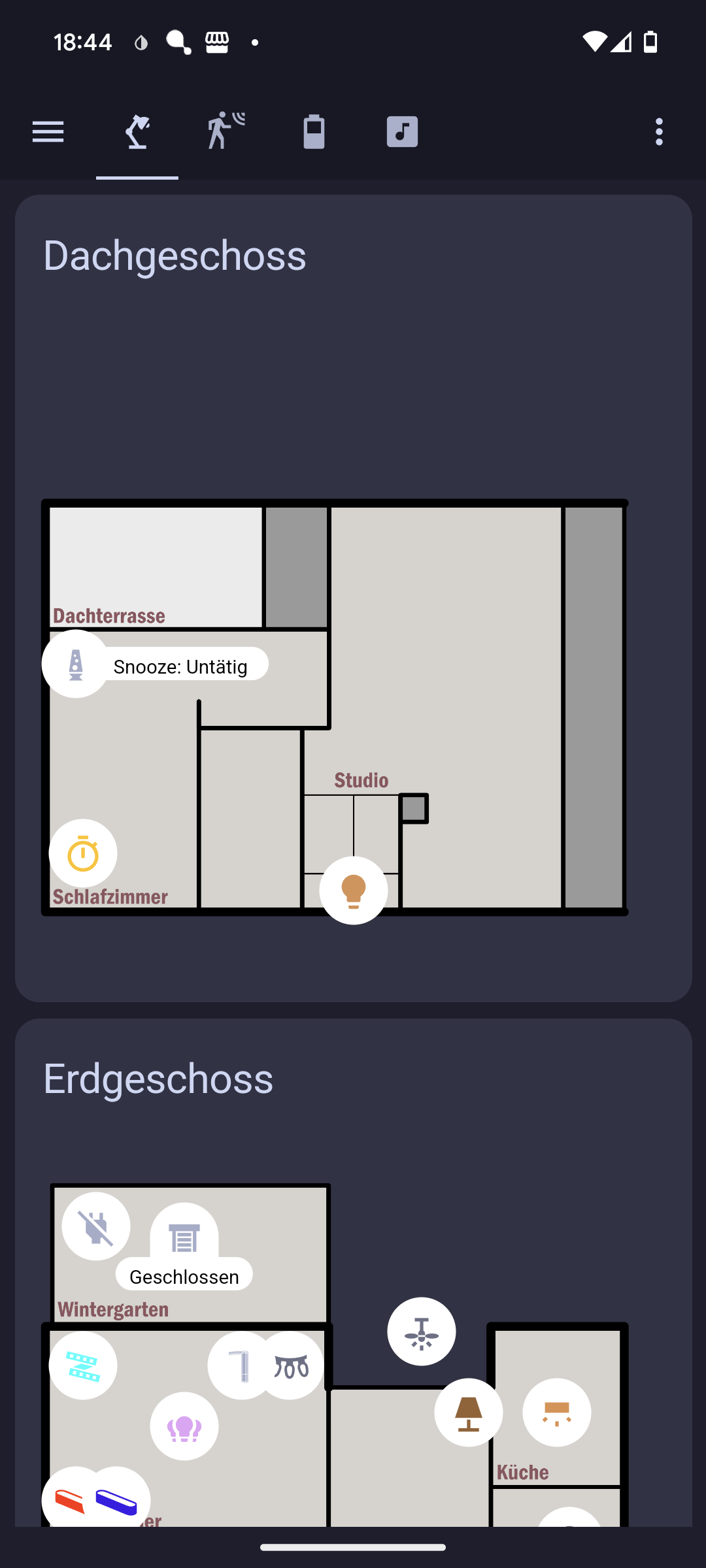I think you have realized that every comment here was about your decision not to use Git. I don’t think there is much more to say about this…
- 1 Post
- 34 Comments
You don’t have to. Absolutely not.
But: As a potential user it provides some additional features your solution lacks. I can easily fork or clone your repo and change things if I need to. If I think it benefits the project I can easily offer these changes back to you, if I don’t I can still profit from future development on your side and incorporate my changes into it. I can very easily check what has changed between two versions without relying (trusting) your changelogs or performing a manual diff.
But most importantly it is a matter of trust. Not so much trust in your intentions and the possibility of malicious code (Git won’t prevent that), but it obfuscates your code unnecessarily making it harder to continue if you at some point decide to stop maintaining it or even detect vulnerabilities as it is not easily accessible without knowing where to look for it.

 5·3 months ago
5·3 months agoSome BIOS manufacturers allow you to disable all halts on errors. As soon as you connect to the network your system should be able to sync its internal clock.
I like the idea, but may I ask why you don’t use a version control system like Git (or anything else that fits your needs)?

 111·3 months ago
111·3 months agoWell, that escalated quickly…

 13·4 months ago
13·4 months agoI think the real question is not if it’s possible (it is), but what you are actually trying to achieve. It seems like you have this idea, but I’m not sure if you really understand what it means. Maybe you can describe, why you want to host a Lemmy instance yourself…

 5·4 months ago
5·4 months agoThat is really a missing part of this whole thing. I get that I could build something myself, but I don’t want to have the hassle of doing it and keeping it working all the time (because I am able to build it, but not on a “works perfectly all the time” level). I really hope that sometime in the future there is a standard for smart speakers (and screens maybe) that allows me to add them to my cloud service of choice.

 65·6 months ago
65·6 months agoMy dog refuses to do 2FA so that’s not going to happen anytime soon… /s

 17·6 months ago
17·6 months agoThere is no such thing as too much RAM…
Update: We switched to Kitchen Owl as suggested in the comments.
We switched to Kitchen Owl and it works out okay. The recipe management is nice in theory, but doesn’t work well for most of our recipe sources (because of parsing issues most websites aren’t recognized and ingredient amounts are not parsed correctly for German recipes), but we usually just create an empty recipe with a link to the original. This isn’t perfect - in hindsight we should have stayed with Bring! because it just works better. We are hoping that the issues will be fixed sometime in the future although I am not sure what to expect…
My home server is called Home Alone, my web server Carl Lewis. At work we use names of robots or computers from movies, games or comics.

 2·7 months ago
2·7 months agoIt is explained in the article though…

 2·7 months ago
2·7 months agoYou know you’re allowed (some might even say supposed) to have different keys for different machines. They’re basically free to generate and take up to no space.
Good news: The gauge card is a standard component.
I like the low battery panel. I might copy that. I have a general overview over all batteries, but it didn’t occur to me that I could filter the values and show only the ones needing replacement.
My default dashboard is maybe a little bit unusual:

It’s the blood glucose levels of my daughter (and mine in the next tab) as we are both T1 diabetics. The levels are transmitted via a tool called Nightscout and then shared with Home Assistant. This allows my wife and myself to get notified via light signals at night (in addition to the alarm her blood glucose sensor sounds). The dashboard also contains average levels for several timespans as well as an estimated long time level (Hb1Ac).
The second dashboard is an overview of all the lights, sensors and appliances located on a floorplan of the house:

There are several tabs grouping lights (and appliances), sensor readings and battery levels.

 43·8 months ago
43·8 months agoINWX because it’s a local provider which seems decent.

 14·9 months ago
14·9 months agoFor the exact reason they are posting this. What if some service you are referencing has breaking changes? If you pinpoint the exact version it will have no effect to your project unless you decide (hopefully after some consideration) to upgrade the service version number.
But what if your name is not Ian…